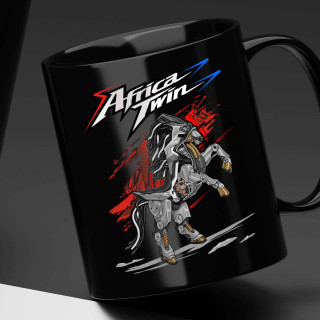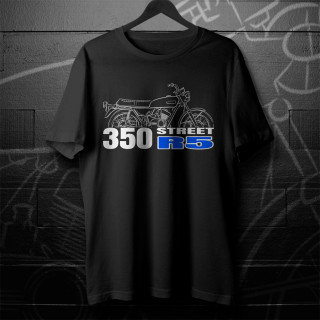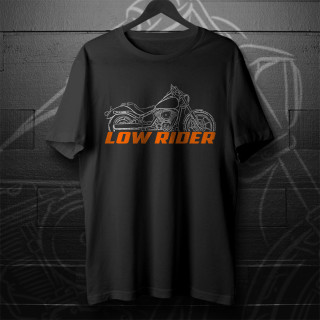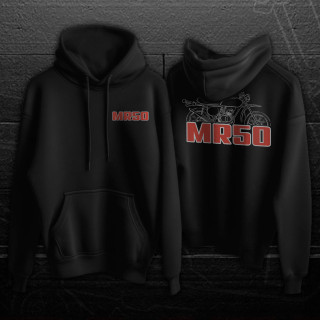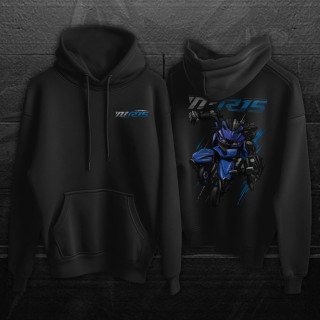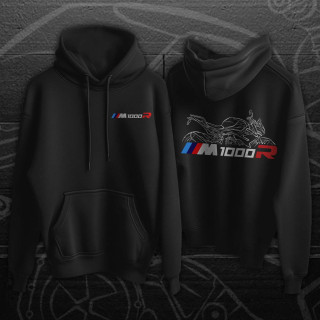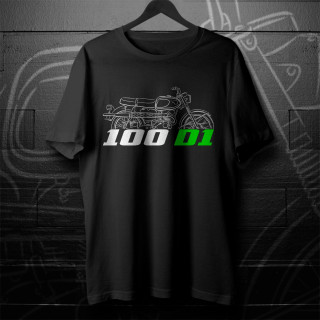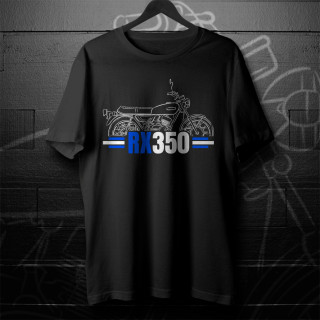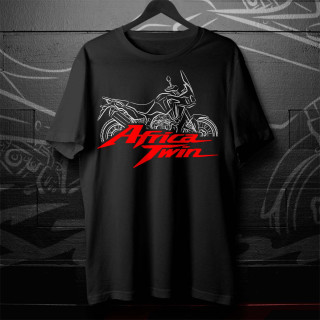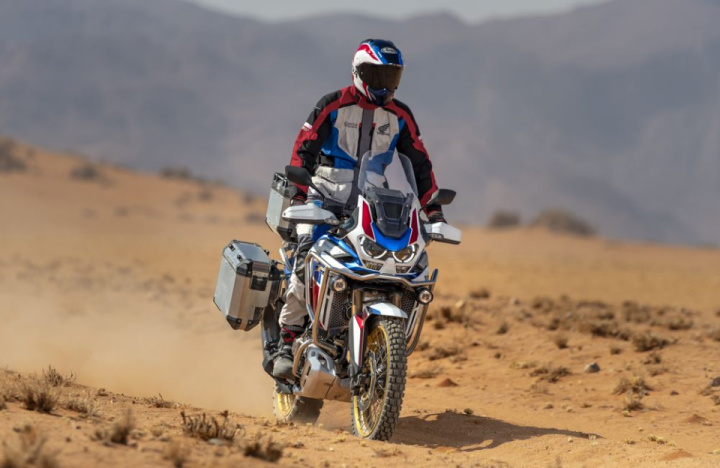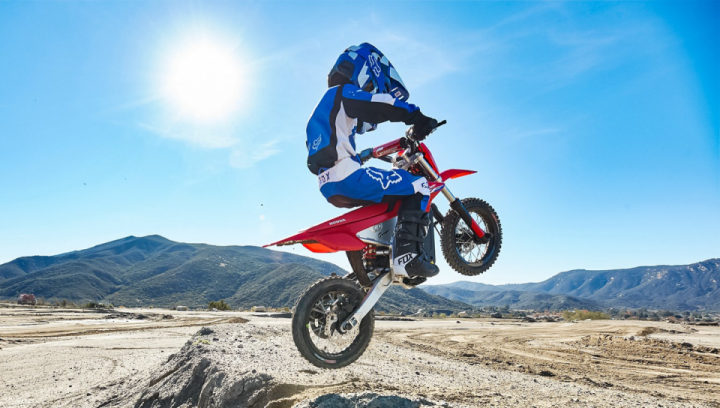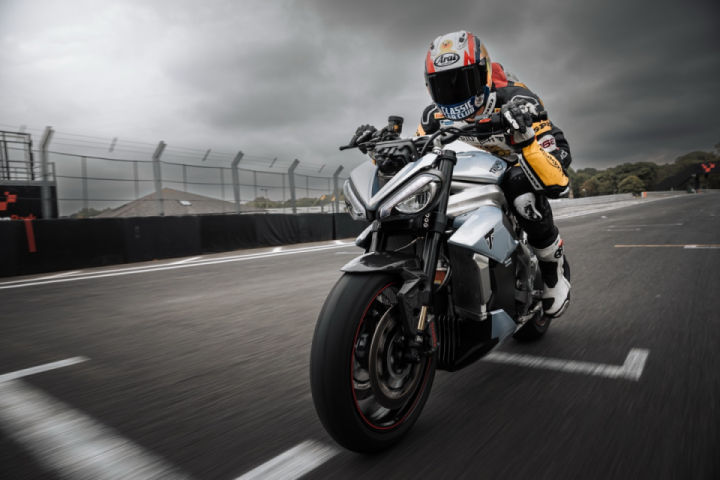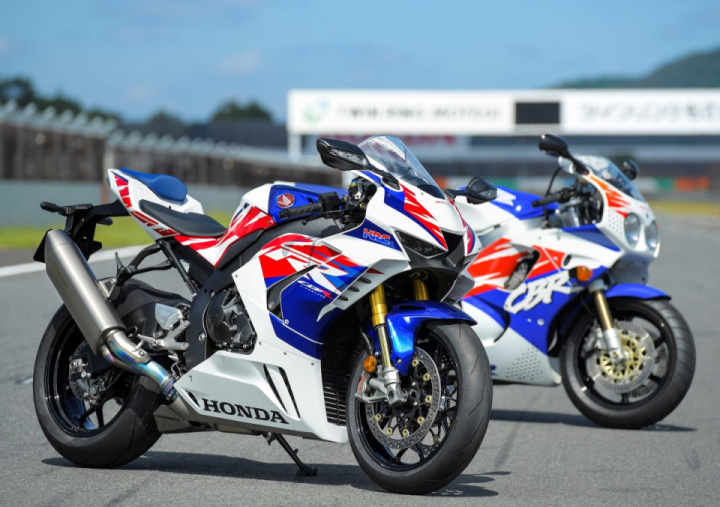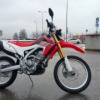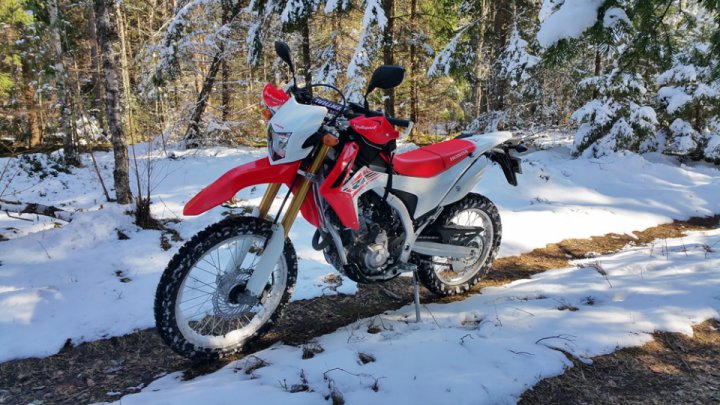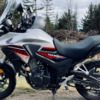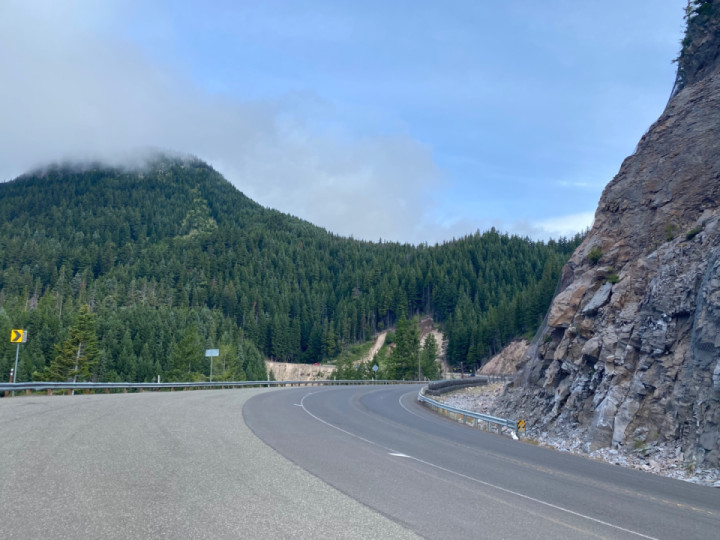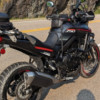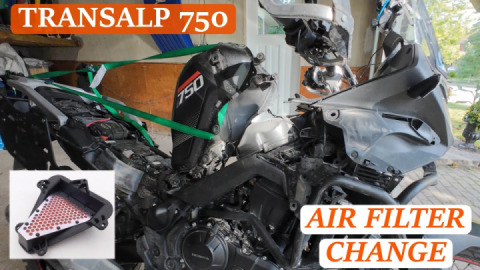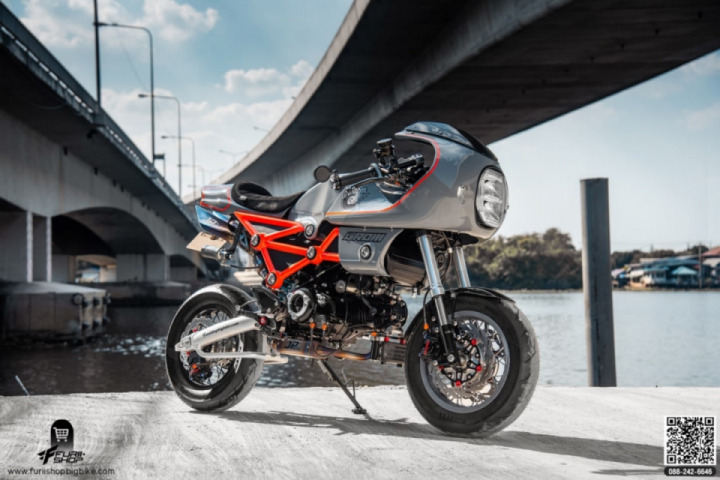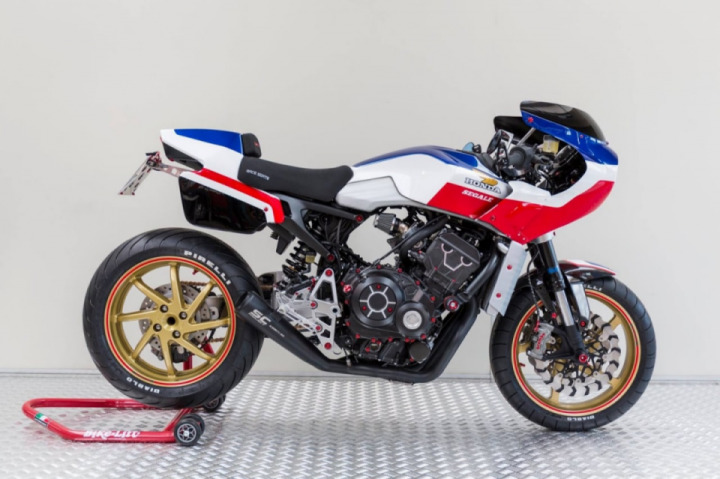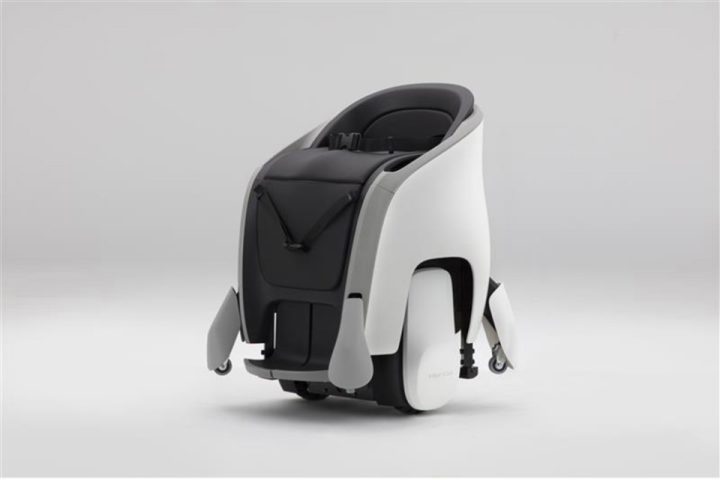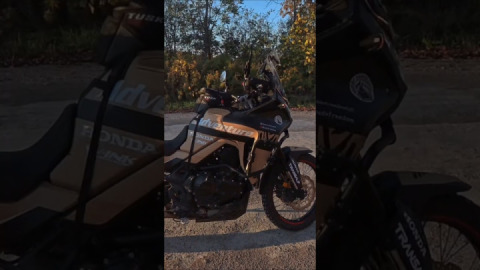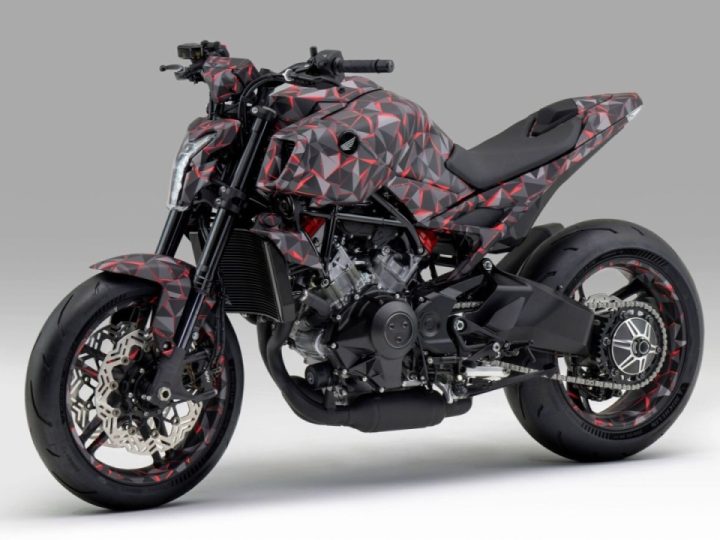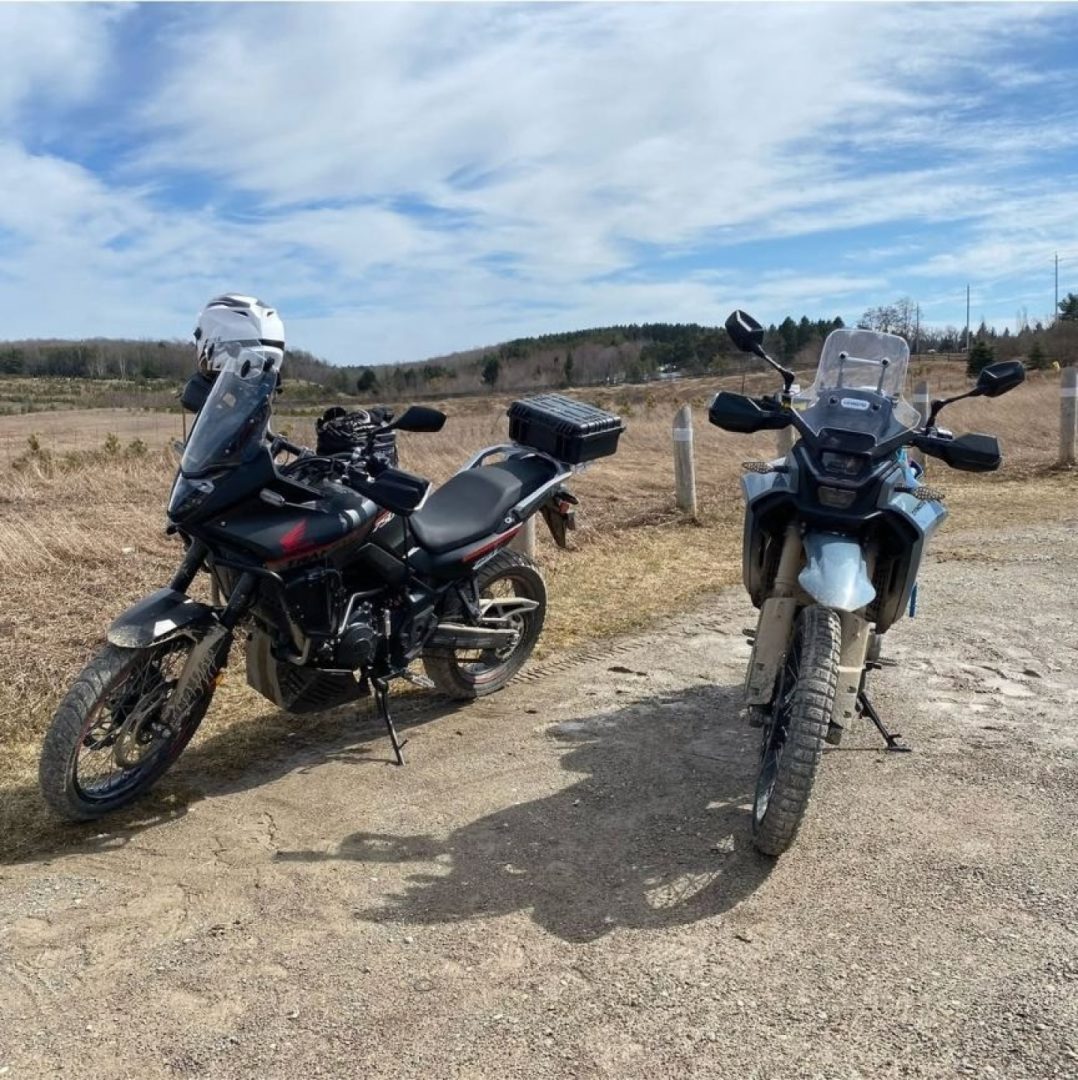Landmark. Watershed. Call it what you will, Honda’s 1983 V65 Magna marked a major departure in motorcycle design. For the first time, a Japanese motorcycle maker’s fastest, most powerful motorcycle had pull-back handlebars and its footpegs well in front of the seat. The Power Cruiser had been born.
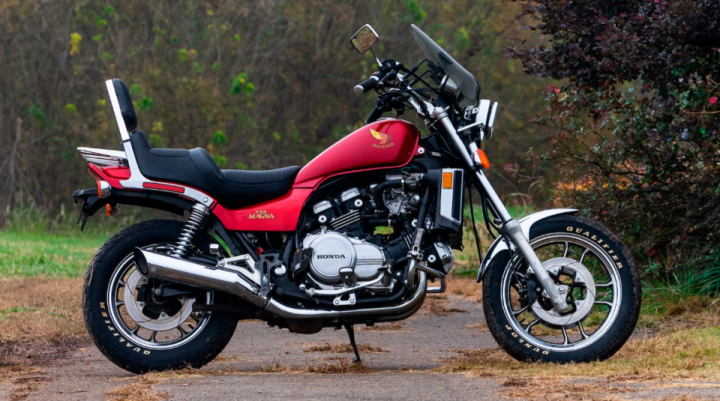
Sure, Harley-Davidson had been making foot-forward cruisers just about forever, and Yamaha had introduced the “special” stepped-seat, beach-bar look in the late Seventies, but it was Big Red that put serious power in the picture. The Honda V65 Magna was built around a 65ci double overhead cam V4 that delivered more than 100 horsepower to the back wheel, propelling the muscular missile to sub-11-second standing quarters at nearly 125mph.
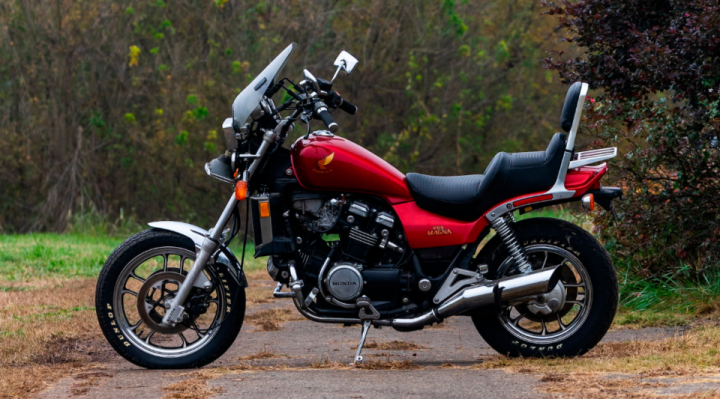
Not every pilot could pull off that party-piece, though. A 45/55 front-to-rear weight bias and laid-back riding position meant keeping the front wheel down was a challenge. And if the road threw you a curve, the lazy 30-degree rake, 63-inch wheelbase and light front end meant vague steering and a tendency to run wide. With the rider’s weight mainly butt-supported, road imperfections could jar the spine, while dialing back the fully adjustable twin shocks invited jacking from the shaft final drive. And although the thrust of the big V4 was seductive, it wasn’t all plain sailing: In city riding, Cycle magazine’s March 1983 test found a combination of too much driveline lash and under-damped CV carbs made for a “low-speed, jerk and lurch routine.” Even so, Cycle said it was the engine that was by far “the V65’s best feature, and motorcyclists who buy the V65 on looks will quickly find themselves enchanted by the 1100’s performance.”
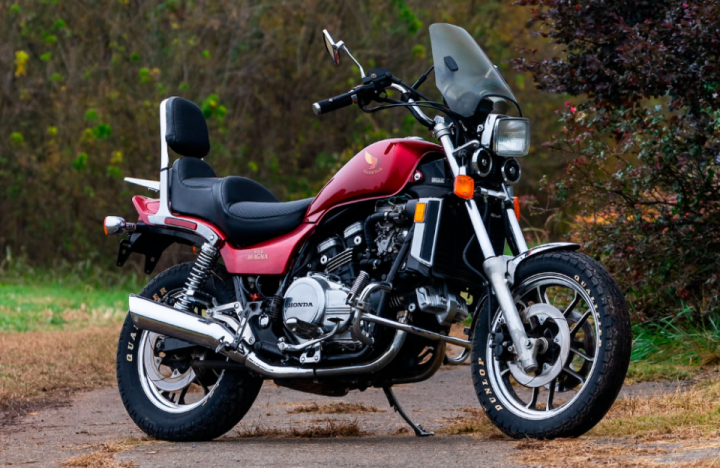
The source of this excitement was a 1,098cc liquid-cooled, 90-degree V4 with four overhead camshafts. Each pair of camshafts was driven from the center of the four-main-bearing crank by its own chain, opening four valves per cylinder at a narrow (for the time) 38-degree included angle via screw-adjustable rockers. Primary drive was by straight-cut gears using a split gear on the crankshaft to reduce lash and gear noise and a semi-slipper, diaphragm-spring clutch that allowed half of the plates to release during over-aggressive downshifting. A 6-speed gearbox (five plus overdrive, said Honda) drove the back wheel via two bevel gears and a shaft.
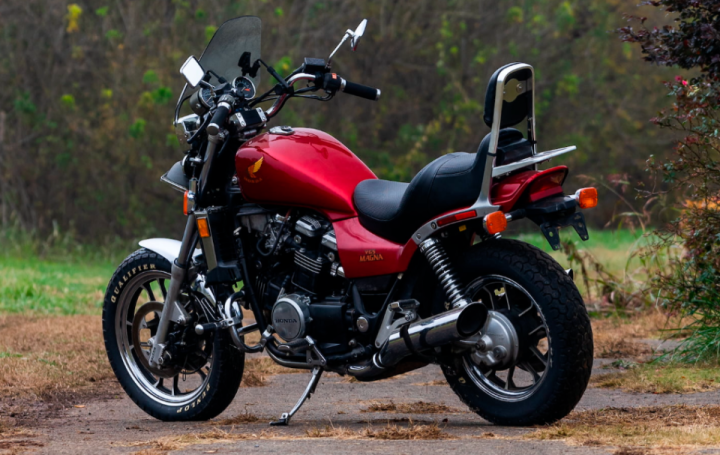
The powerhouse breathed through four 36mm Keihin CV carbs drawing from an airbox set in a recess cut into the gas tank. This compromised fuel space, requiring a second tank hidden under the seat and fed by an electric pump. Not surprisingly, perhaps, all this performance and complexity came at a price: Ridden enthusiastically, the Magna’s fuel consumption could drop into the low 30s, and with just 4.5 gallons of fuel in both tanks (and no fuel gauge or reserve tap — just a low-fuel warning light) an unprepared rider could get caught short — including Cycle World‘s April 1983 tester, who found out the hard way and had to push the big brute home.
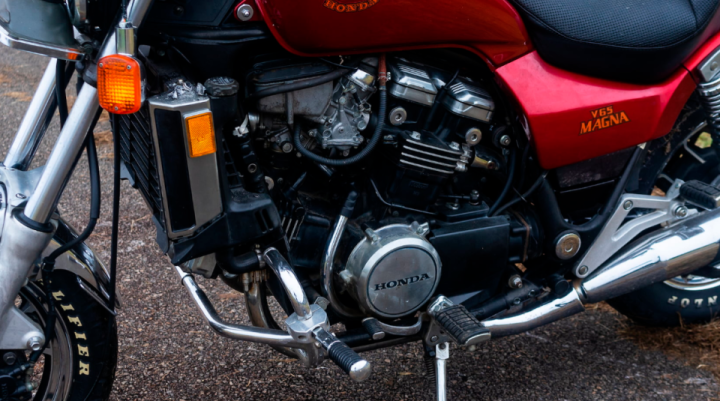
Otherwise, the Honda V65 Magna was well equipped: ComCast alloy wheels, TRAC anti-dive fork, self-cancelling turn signals, gear position indicator, taillight failure warning light and Honda’s Fiber Optic Integrated Lock anti-theft system (FOIL). If cut, a fiber optic core in the plug-in steel cable lock operated a self-powered alarm.
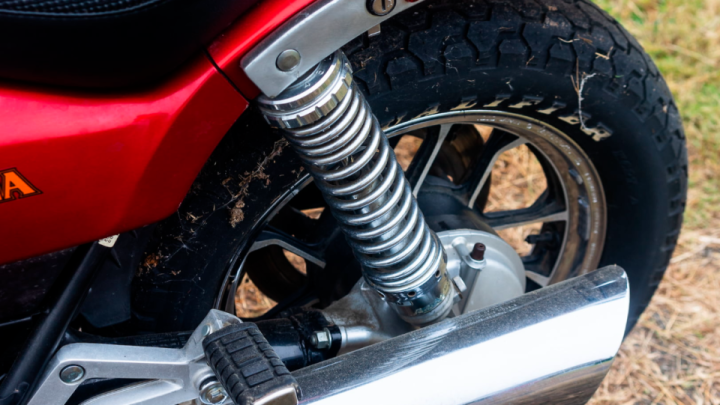
All of the above led Cycle World to conclude that the Magna was something of a contradiction: The bike’s performance orientation made it uncomfortable as a cruiser, yet its cruiser stance made it almost unworkable as a performance machine. But that didn’t seem to matter as Honda couldn’t make them fast enough, and the Magna comfortably outsold the sportier V65 Sabre and VF1000F that joined it in 1984-1985. So is the V65 Magna a classic? That’s a matter of opinion, but it created a class of ground-pounding power cruisers that continues to this day, and that makes it important.
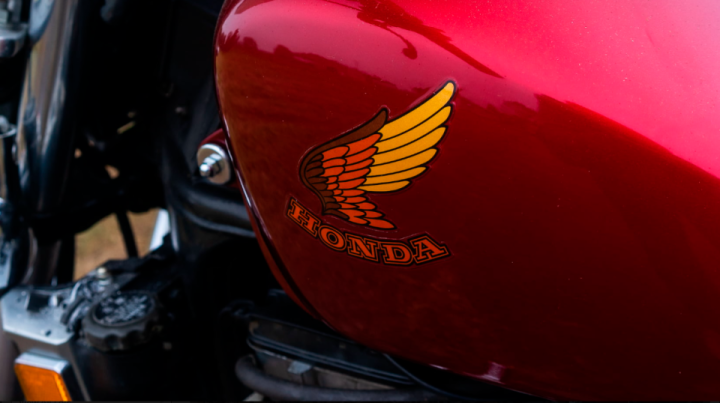
#Honda #Magna #Bike #V45



